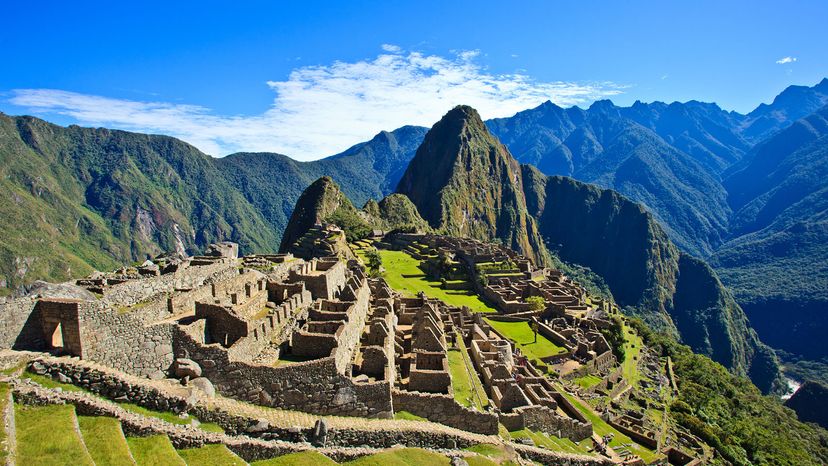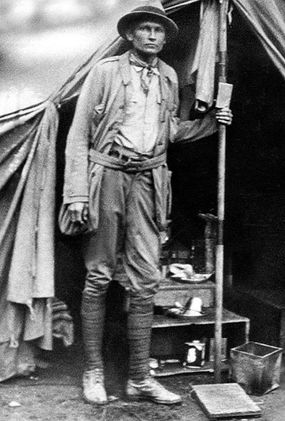
At its height in the 15th century, the Inca Empire was the largest civilization ever to exist in the pre-Columbian Americas. An estimated 10 million people lived within its borders stretching from the southern edge of Colombia in the north down the west coast of South America through most of Chile.
Archeologists have uncovered many impressive remnants of a highly developed and politically organized Inca culture nearly erased by the brutal Spanish conquest of the 16th century, but none of them approach the physical majesty and sacred mystique of Machu Picchu.
Advertisement
Located 46 miles (75 kilometers) from the Incan capital Cusco in modern-day Peru, Machu Picchu is an abandoned cloud city nestled high in the Andes Mountains. Since it was "rediscovered" by the American explorer Hiram Bingham in 1911, generations of travelers have marveled at its emerald-green terraced gardens and precision-crafted stonework framed by towering peaks above and the roaring Urubamba River below.
"Machu Picchu is a spectacular site," says Christopher Heaney, assistant professor of Latin American history at Penn State University and author of "Cradle of Gold:The Story of Hiram Bingham, a Real-Life Indiana Jones, and the Search for Machu Picchu." "It embodies so much of what we think about Inca history in terms of architectural splendor and the science of empire building and agriculture. It's also an extremely spiritual site."
Historians believe that Machu Picchu was constructed in the 1450s by the emperor Pachacuti, whose reign was marked by aggressive Incan imperial expansion beyond the valley of Cusco. Pachacuti didn't intend Machu Picchu to become a large settlement, but to serve as a royal retreat and a pilgrimage site for the worship of Inti, the Incan sun god.
Advertisement
